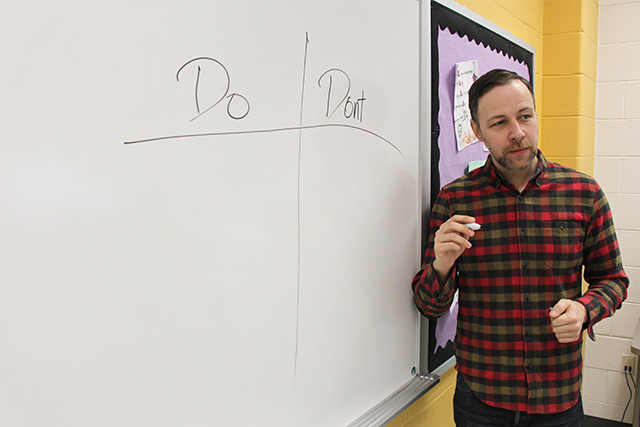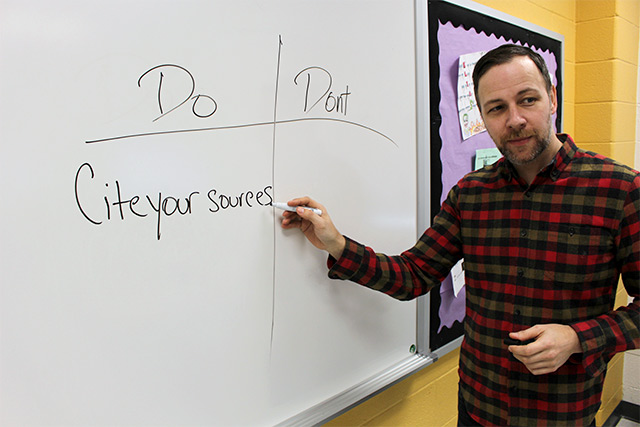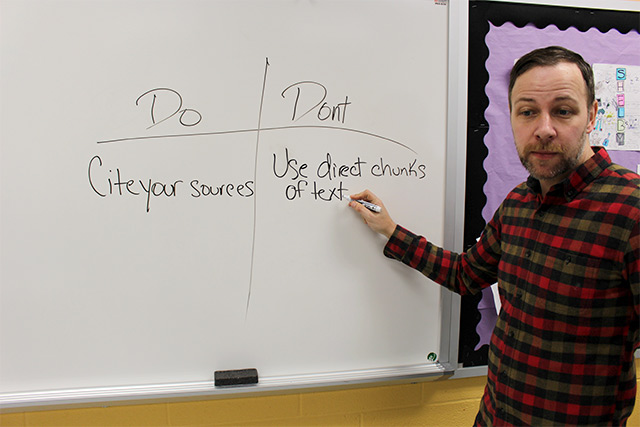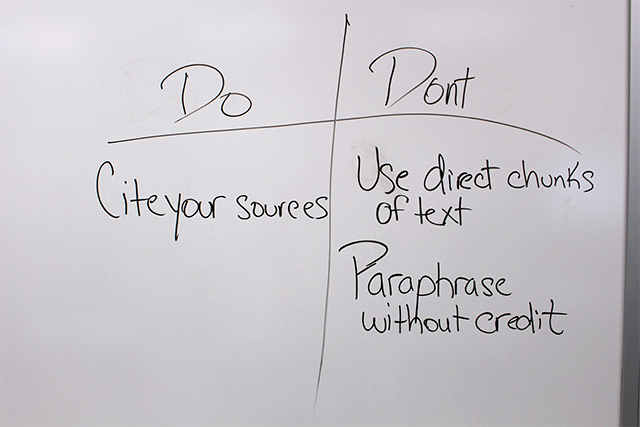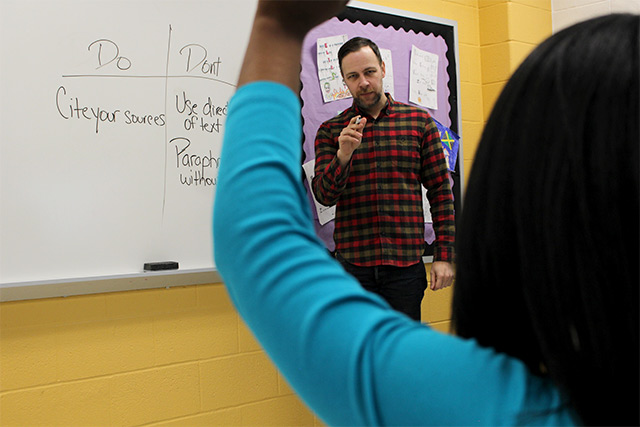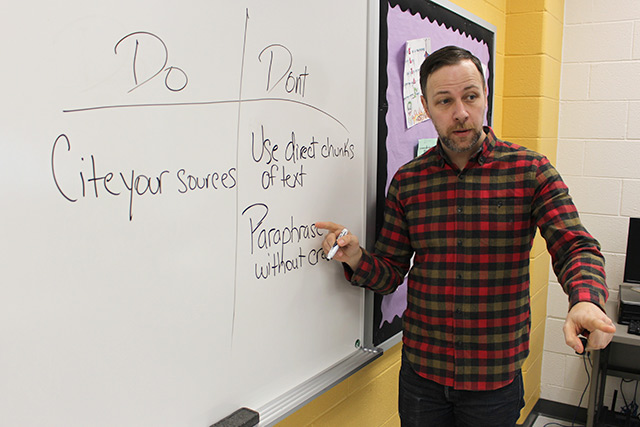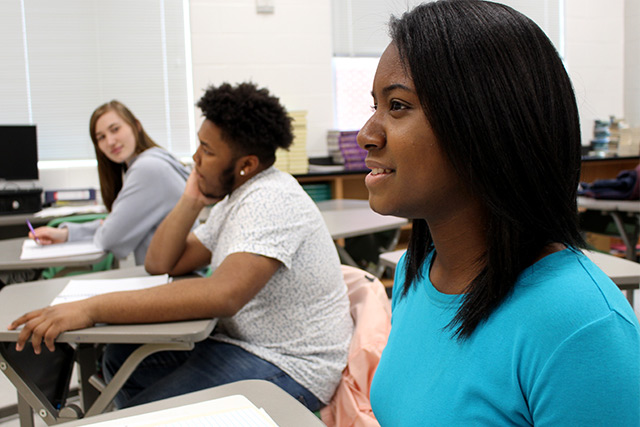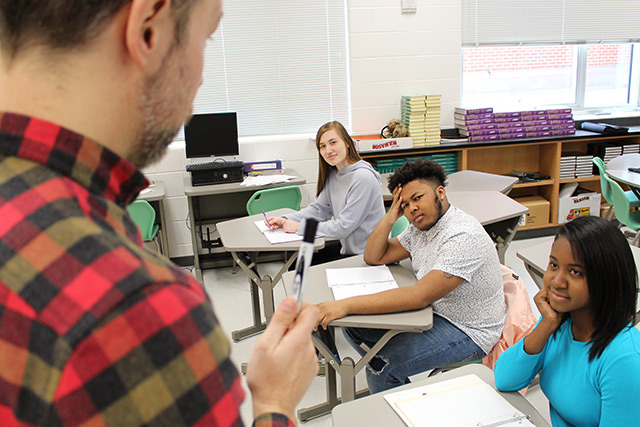Learn It
Understanding Plagiarism
When it comes to plagiarism, Mr. Lexington doesn’t mess around. He gives a failing grade to anyone he catches plagiarizing on a project. The student is also disqualified from competitions like National History Day. But what exactly is plagiarism?
Plagiarism is the act of taking the ideas and words from another person, and using them as your own. Mr. Lexington says the best way to avoid plagiarizing is to make a citation about where we find information or an idea. He said each citation is a note about the source of information used in our project and where it came from. He also reminds us that it is very important to make a bibliography. It is a list of all the citations and sources used in the project.
It's super important that we understand exactly what plagiarism is so that we can stay out of trouble. Here’s how Mr. Lexington explained it during class.
Understanding Plagiarism
What Are Citations?
Whew! Ok, that’s a lot to keep in mind, don’t you think? Before we go any further, I want to go back to what Mr. Lexington said about citations. He said a citation is a note within the text of your project. You use it to explain where the information or idea came from. You’ll need to cite any information that isn’t common knowledge.
Citations are written within the text, or as a footnote. A footnote is a printed note reference or explanation that is placed below the text on a page. Every source that you cite should also be included in the bibliography at the end of your project.
Here’s an example of a sentence I wrote about Harriet Tubman that includes an in-text citation. The citation lets the reader know where I got my information – and where they can look if they want to read more. They can find more details about the source in my bibliography.
On August 29, 1868, abolitionist Frederick Douglass wrote a letter to Harriet Tubman in which he praised her "devotion to freedom." (Douglass)
Here is what the full citation looks like in my bibliography.
Douglass, Frederick. Letter from Frederick Douglass to Harriett Tubman,
CommonLit, https://www.commonlit.org/en/texts/letter-from-frederick-douglass-
to-harriet-tubman. Accessed 6 June 2018.
Mr. Lexington says that every source we cite should also be included in the project’s bibliography. The bibliography is a list of all the sources used for a project. Teachers usually have a very specific format for bibliographies – I know Mr. Lexington does! You should follow the format your teacher assigns to your class.
Research Tip
 Online citation services like KnightCite can help you gather all the information you need for your bibliography. Visit the website to practice citing your sources.
Online citation services like KnightCite can help you gather all the information you need for your bibliography. Visit the website to practice citing your sources.
>> KnightCite
